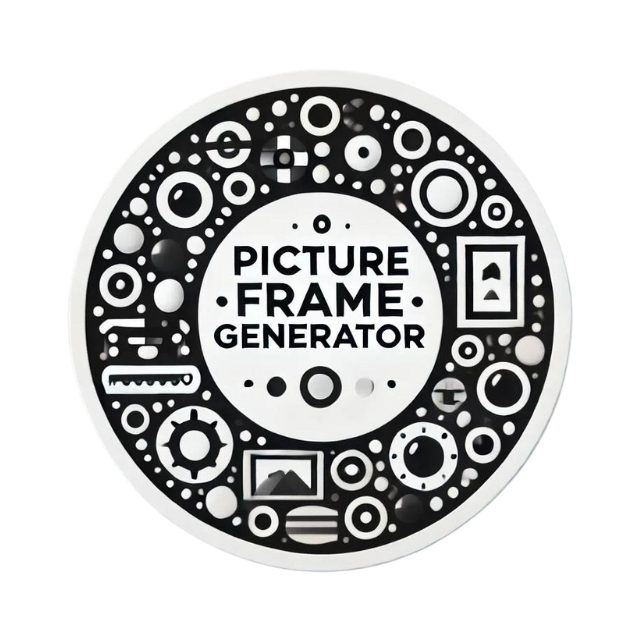Incorporating Texture in Watercolor Painting
Unlock the potential of watercolor by incorporating texture to transform your work from simple to spectacular. Discover techniques that add intrigue and depth, elevating your creations to new heights.

Incorporating Texture in Watercolor Painting
Watercolor painting is renowned for its ethereal luminosity and subtle transitions, but often, artists find themselves seeking more depth and dimension in their work. That’s where exploring the incorporation of texture can elevate a watercolor piece from simple to spectacular. Whether through traditional methods or mixed media, watercolor texture can add interest, complexity, and visual intrigue to your artwork. This blog post will delve into various art techniques for adding texture, from basic to advanced, and explore how layering methods can further enhance your creations.
Adventurous artists seeking that textured edge can experiment and innovate with mixed media approaches. Mixing traditional watercolor methods with unconventional materials can result in stunning effects that breathe life into your work.
Understanding Watercolor Texture
Watercolor texture fundamentally refers to the surface feel or visual appearance of surface qualities within a painting. Textures in watercolor can mimic surfaces from nature or create abstract forms to break the pristine and often flat appearance of a simple watercolor wash. While watercolor naturally encourages transparency and smooth transitions, it's equally capable of representing rugged or intricate surfaces through practiced techniques.
Basic Textural Techniques
Even the basic techniques can drastically alter a painting's mood and structure. Mastering these simple methods serves as a foundation for more complex creations:
- Dry Brush Technique: This involves using a brush with very little water mixed with the pigment. It creates a scratchy, rough texture perfect for capturing grass, tree bark, or any other surface that benefits from a rough texture.
- Salt Texture: By sprinkling salt onto a wet watercolor wash, you create fascinating and unpredictable patterns as the salt absorbs water and pigment, leaving crystalline-like formations behind.
- Lifting: This technique involves removing paint from a specific area to create lighter sections that give depth and dynamic contrast to textured areas. Use a clean, damp sponge or a paper towel to gently lift pigment from the paper.
Advanced Techniques and Experimentation
Layering Methods for Depth
Creating depth through layered washes is a classic watercolor technique that uses the translucent nature of watercolor to build texture over time. Each successive wash adds dimensional complexity:
- Glazing: By laying down one wash, letting it dry, and gently painting over it with another, you can build up transparent layers of color that give the illusion of texture and depth. Pay attention to color harmony and vibrancy to maintain an underlying cohesive feel.
- Negative Painting: Instead of painting around the object to leave it blank, paint the background areas to define the shape of the object. This builds layers and dimension subtly.
- Underpainting with Complementary Colors: By first painting an underlayer with complementary colors, you can subtly enhance the texture when the main layer interacts with contrasting hues to add richness.

Mixed Media for Enhanced Texture
Incorporating mixed media can add tactile textures, introducing a different element of interactivity to watercolor art:
- Incorporating Pen or Ink: Add detail and texture by using fine liners or brush pens to outline or fill in drawings post-watercolor. The sharp contrast of ink can amplify the texture created by watercolor washes.
- Use of Gouache: Gouache can add an opaque layer to your watercolor painting, allowing you to create striking highlights and details that contrast beautifully with translucent watercolor layers.
- Adding Materials for Collage-like Effects: Consider using materials like tissue paper, fabric, or textured mediums like gesso or modeling paste. These can be strategically placed and painted over to interact with your watercolor base, introducing novel surfaces you can manipulate with paint.
Tools and Materials That Aid Textural Work
Aside from brushes, a variety of other tools can help create texture:
- Sponges and Steel Wool: These can be used to apply or lift color for desired textural effects. Try different materials to achieve varied effects – a sea sponge creates a very different texture compared to a synthetic one.
- Knives and Scrapers: Using the edge of a palette knife or a credit card can help scrape color across a page, adding lines that mimic tactile textures.
- Masking Fluid: Apply this liquid to block areas of your paper you want to remain white. Once your watercolor wash dries, remove the masking fluid to reveal the texture created by leaving these areas untreated.
Final Thoughts on Watercolor Textures
By understanding and implementing these various techniques, you can push the boundaries of what watercolor is traditionally known for and create artwork with rich, tactile textures that engage viewers on multiple sensory levels. Don't be afraid to think outside the box and combine methods; innovation often leads to the most compelling results in art.
Remember, practice is paramount. Experimenting in a sketchbook allows you to discover which techniques resonate most with your personal style, enabling you to bring your watercolor visions to life. As you progress, your ability to manipulate and combine methods will grow, giving you a comprehensive toolkit for artistic expression.
Whether aiming for subtle intricacies or bold tactile impressions, the journey of exploring watercolor texture opens doors to endless creativity.
